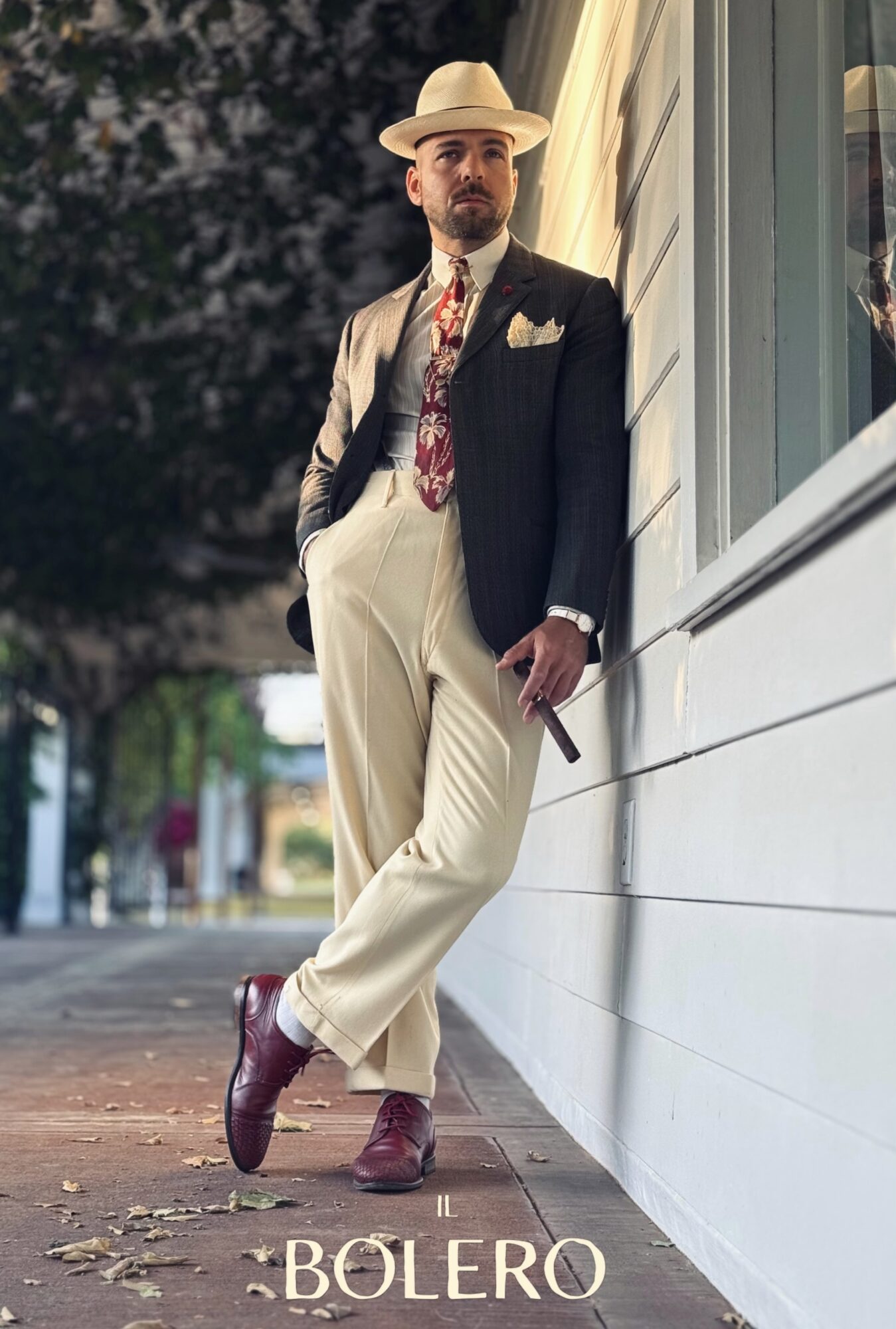

We recently had the chance to connect with Jonathan Redavid and have shared our conversation below.
Jonathan, we’re thrilled to have you with us today. Before we jump into your intro and the heart of the interview, let’s start with a bit of an ice breaker: What is a normal day like for you right now?
A typical day for me begins with the aroma of freshly brewed coffee from my Italian moka pot — a small ritual that sets the tone. With the cup in hand, I take a 45-minute walk with my dog, giving myself time to reflect and mentally prepare for the day ahead.
From there, I step into my garage studio — a space I’ve intentionally shaped into a creative sanctuary. It’s where I develop ideas both for my work as a choreographer and director, and for my brand, Il Bolero. Some days that means deep research into cultural references; other days it’s refining brand strategies, planning production logistics, or simply following new creative impulses.
Around midday, I pause for a light snack and another walk with my dog, then recharge with a focused two-hour gym session. I follow that with a healthy lunch and often spend the late afternoon in the park — usually walking again, sometimes joined by other neighborhood dogs I’m happy to take along.
Evenings are quiet and intentional. I make dinner and unwind with a film — often a classic I’ve never seen, usually from before the 1980s. These films, with their mood and storytelling, have a way of nourishing my visual and creative language in subtle but lasting ways.
Can you briefly introduce yourself and share what makes you or your brand unique?
Hi, I’m Jonathan Redavid. I’ve been working in the entertainment world for quite a while now — mainly as a director and choreographer across film, television, commercials, live shows, and music videos. I’ve been lucky to collaborate with incredible artists, actors, and creative teams over the years, but at the core of everything I do is one thing: telling stories.
Film has always been my main focus. It’s where I feel movement can really say something — not just look good, but reveal something deeper about a character or a moment. I often find myself working closely with actors or dancers to develop the physical language of their roles — not just teaching choreography, but helping them embody emotion and internal shifts through how they move. Recently, I had the chance to collaborate with choreographer Mandy Moore on The Life of Chuck, and worked with Tom Hiddleston and Annalise Basso — it was a special experience that reminded me how powerful physical storytelling can be when it’s done with care.
Dance and movement have always been part of my life — honestly, since I can remember. Over time, I started blending them with other visual art forms, which shaped the way I see the world and how I create. But I’ve also seen how much the industry has changed. With social media and the pressure to keep up with trends, so much of today’s content is loud, rushed, and overly verbal. In that noise, the visual language — the unspoken — often gets lost. But I believe it’s still the most powerful part of storytelling when it’s done right.
For me, movement is a way to say what words can’t. It’s intimate, primal, and deeply human. That’s what I bring to my work — whether it’s a film, a music video, or a live piece: the idea that visual storytelling, sound, silence, and emotion all work together to move people in a more visceral way.
Outside of directing and choreography, I also created Il Bolero — a brand that reflects my creative DNA. It’s rooted in timeless aesthetics, craft, and cross-cultural storytelling. Today it lives through two expressions: Il Bolero Dimora — an Artistic/Rural retreat and vacation space in Senigallia, Italy — and Il Bolero Clothing, which reflects a lifestyle I call wild elegance and timeless grit. It’s about clothing and spaces that feel soulful, handmade, and lived-in — not polished for trends, but shaped by stories.
What makes all of this unique, I think, is the way everything I do is connected. Whether I’m working with actors on set, building a visual story, designing a piece of clothing, or shaping a creative space, it all comes from the same place: a deep respect for detail, for silence, for heritage, and for the power of what’s not immediately said. I’m drawn to slowness in a fast world. I try to create work that lingers — that makes you feel something even after the moment has passed.
I believe we need more of that now. More real art. More personal expression. More people reconnecting with their own eye, their own taste, and their own voice — and having the courage to use it.
Great, so let’s dive into your journey a bit more. Who were you before the world told you who you had to be?
I’ve always believed we’re all here for a reason — though not everyone finds their path right away.
In my case, movement, storytelling, and visual expression were always quietly present, waiting to take form.
I grew up in Italy, in a creative household full of contrast and character. My father is a master craftsman — an artisan of wood floors who could see a finished piece before even starting. My mother, on the other hand, carried a dream of becoming an actress — a dream she never got to fulfill. But she poured that love for the arts into me. I was two years old when she began taking me to castings. I grew up on sets, observing, listening, absorbing the rhythm of that world.
Dance found me early. By the time I was ten, I was winning international competitions like the European Swing Championship. But for me, it was never about technique alone. I was fascinated by the elegance, the detail, the way a costume could influence the way movement felt. I hated dancing in sneakers or sweatpants — I believed from the start that aesthetic was part of the language. That how you look changes how you move as well the internal journey.
Later on, I moved to Los Angeles to follow that calling. I started out as a dancer, then grew into choreography and direction — working with artists, major productions, and especially film, where I discovered a deeper purpose: helping actors embody a character physically. Movement became not just an artform, but a psychological tool — a way to tell a story beyond words.
My creative language wasn’t shaped by performance alone. My grandmother was a gifted seamstress who left her career to raise a family, and my mother had an unmistakable sense of style — you could spot her in a crowd. That visual world was always around me. As a teenager, I started collecting vintage clothing. It began with one piece that belonged to my grandfather, and today it’s become a true archive — spanning from the late 1800s to mid-20th century, with over 50 hats, ties, scarves, and garments that each hold a story.
When I don’t wear original vintage pieces, I work with garments that carry traditional structure, shape, or texture — and I customize them. I mix silhouettes, eras, and moods to create the kind of layered, meaningful look I want to reflect in Il Bolero.
I’ve always been drawn to things that last — things that carry time, memory, and meaning. That applies to the way I dress, the way I choreograph, and the way I direct. It’s all connected. Whether in film or fashion, I value what’s built slowly, intentionally — not made for speed or trend, but for story.
I’ve always been an old soul in that way. As a kid I listened to jazz, danced swing, watched classic musicals, and fell in love with vintage film, books, and architecture. But what fascinated me most were ancient cultures and nomadic traditions — the kind of cultures that survive time because they carry meaning. Native tribes, ancient customs, rituals built on respect and purpose — untouched by modern noise. These weren’t just aesthetic inspirations; they became part of my philosophy.
That’s what Il Bolero is.
It’s not just what we do — it’s how we do it. Lifestyle first of all. That’s where uniqueness lives.
The brand is deeply shaped by my Italian roots, my immigrant life in Los Angeles for over 14 years, and the visual codes of the American Southwest — from native heritage to nomadic lifestyle to timeless grit. It’s an exploration of storytelling through style, movement, and craftsmanship — soulful, textured, and intentional.
I believe life offers endless inspiration — if you’re awake enough to catch it.
Life is a book that speaks on its own. You just have to recognize which pages are meant for you — and which ones you’re here to write.
When did you last change your mind about something important?
Turning 40 this year has brought a quiet but powerful shift. For a long time, I thought that momentum was everything — that you had to keep producing, moving, staying relevant, or you’d fall behind. But now, I see things differently.
With age came a deeper understanding of who I am — not just creatively, but personally. I’ve always tried to stay true to myself, but now I feel even more grounded in that truth. I no longer feel the need to force things or chase what isn’t aligned. I’ve changed my mind about urgency. I’ve learned to value timing — real timing — and to trust that some things arrive only when they’re meant to.
I’ve started skipping the noise and drama. Life feels richer when you slow down and enjoy the simple, meaningful things: walking with my dog, a good coffee, a conversation that goes somewhere honest, a project that takes time to unfold. I’ve found that gratitude and faith aren’t just comforting — they’re essential. They allow space. They help you see clearly.
The rest? It can wait. Or it will meet you in its own time.
What matters now is depth, not speed. And the quality of presence — in art, in work, in life — is everything.
Next, maybe we can discuss some of your foundational philosophies and views? What are the biggest lies your industry tells itself?
One of the biggest lies is the belief that there will always be a space for you — that if you just keep waiting, the next role, the next call, the next opportunity will arrive. It’s a comforting illusion, but a dangerous one.
We spend years, even decades, building our craft — like athletes training for the Olympics — only to one day find out we may not get picked. But unlike sports, this industry rarely tells you when your time is up. Most people just keep going, hoping, chasing. And in the process, they lose themselves. They sacrifice their relationships, their health, their identity — all in pursuit of that one more moment. But sometimes, that moment doesn’t come. Or when it does, it’s no longer what they imagined.
There’s a season for everything. With time, you have to learn to recognize when it’s no longer about holding on, but about shifting — evolving, diversifying, or knowing when to let go with grace. You don’t want to find yourself later in life, full of talent and passion, but without direction or stability, because you never built a path outside of “the next gig.” Not because you weren’t good enough, but because you didn’t prepare for what comes after.
And here’s the truth no one wants to say:
Today it’s you. Tomorrow it will be someone else.
Enjoy your time knowing it’s not forever — because if you think it is, you might miss it completely. Be grounded. Be grateful. That’s why we call it the present.
Too many people get lost in the bubble — disconnected from who they are, from the world outside the industry. Some develop real mental struggles because they’ve built their entire self-worth on a career that can’t promise stability or longevity. Many of them also struggle to feel relevant in other spaces — outside of this world — and that can create deep insecurity. I’ve seen so many colleagues go through it: once confident artists now unsure of their value, simply because they don’t have a platform to prove themselves anymore. It’s heartbreaking to watch people who were once so connected to their craft begin to lose connection with themselves.
We also tell ourselves another lie: that “anyone can do anything now.” That access replaces craft. But it doesn’t. Real work takes years. Movement is not just steps. Directing is not just a moodboard. Style is not just trend. There’s a difference between content and meaning — and I believe we have to start honoring that difference again.
So yes, stay passionate. Stay creative.
But keep your soul in the room.
And always build something that exists beyond the industry.
Okay, we’ve made it essentially to the end. One last question before you go. Are you doing what you were born to do—or what you were told to do?
That’s one of those questions that opens more doors than it closes — and maybe the truth is, you only really know the answer at the very end, when you look back at your life and feel what it all meant.
For me, I believe time reveals purpose. The experiences, the years, the people, the choices — they start to shape a clearer picture of who you are and what you’re here to do. Right now, my life is unfolding in a way that makes sense to me. I’m a creator, a storyteller, someone who sees the world through rhythm and visual language. I started as a dancer. Then I became a choreographer. And now, I’m aspiring to fully establish myself as a director — to bring my vision to life through movement, imagery, and narrative on a deeper level.
I’m also building Il Bolero — a creative brand that explores everything from clothing to art spaces to retreats. Tomorrow? Who knows. It could evolve into something else entirely.
I never wanted to get stuck doing just one thing. I love diving deep into a craft, but I also believe the mind is built for reinvention. If one path isn’t open, another is — and sometimes, that detour reveals a hidden talent or a new passion. Life’s too short to stay inside one box, especially in a world that can feel so heavy and divided — by politics, by class, by war, by noise.
I know I can’t change the world at large. But I can create my world — and build something real enough that others feel safe stepping into it. A space grounded in love, art, presence, and appreciation for life in all its forms.
Yes, we remember the greats — Fellini, Fosse, Fred Astaire, Charlie Chaplin, Michael Jackson — artists who shaped generations, including mine. But did they feel truly happy? Were they at peace, or constantly chasing the next expectation, the next standing ovation? That’s a question that’s stayed with me.
A few years ago, I began asking myself: what if happiness isn’t found in becoming someone, but in being true to yourself — even if no one’s watching? Because the truth is, success isn’t always about effort. So much of it depends on timing, privilege, circumstance, luck. What is in our control is how we live — how we love, what we create, and the energy we bring into the world.
I’m not here to chase validation. I’m here to express something real, to share beauty, to disconnect — even for a moment — from the chaos. And if what I create brings someone else peace or inspiration, then maybe that is what I was born to do.
Contact Info:
- Website: https://www.jonathanredavid.com
- Instagram: @jonathan_redavid ilbolero_clth ilbolero_dimora
- Facebook: Jonathan Redavid
- Youtube: @jonathanredavid
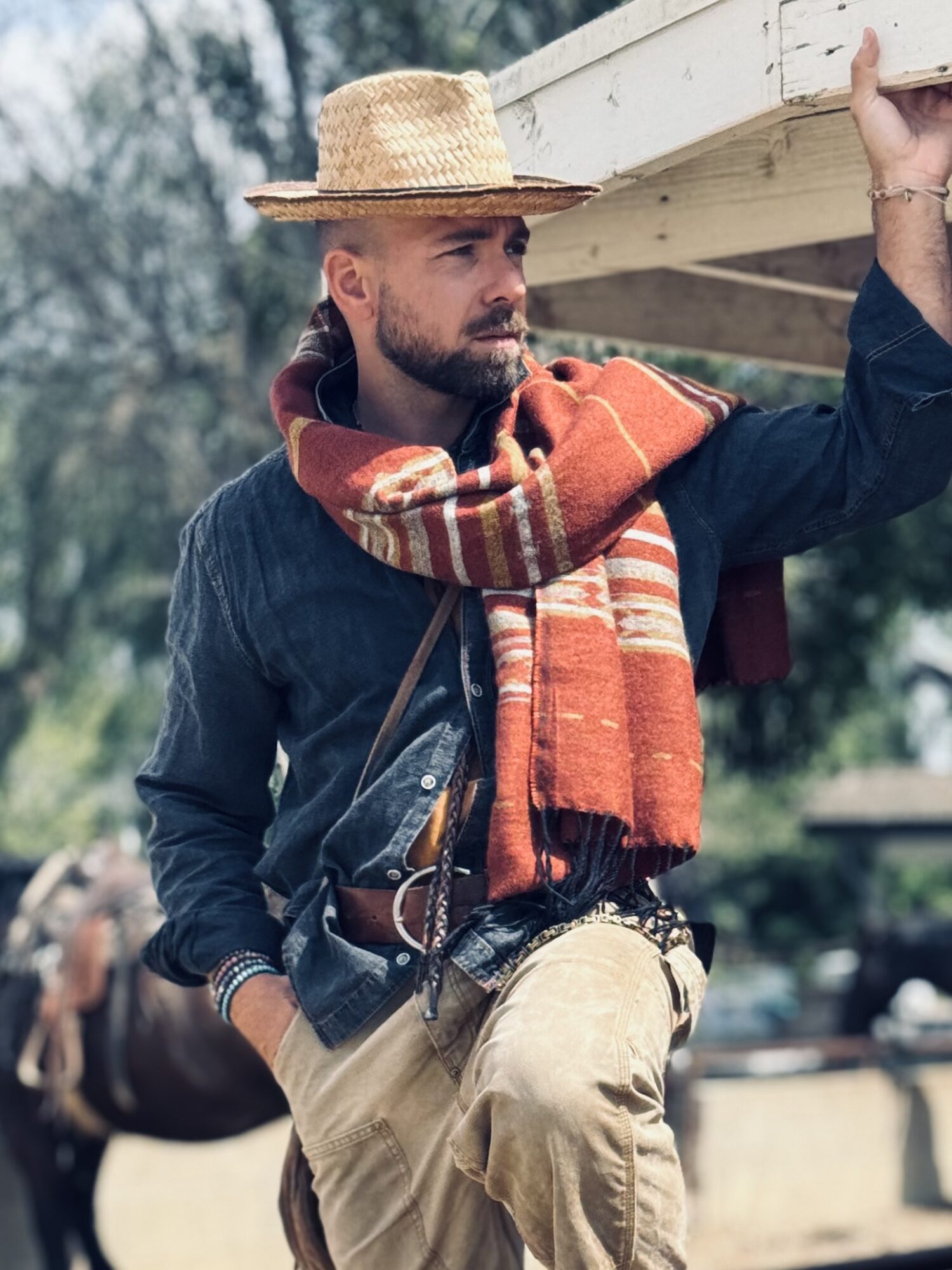
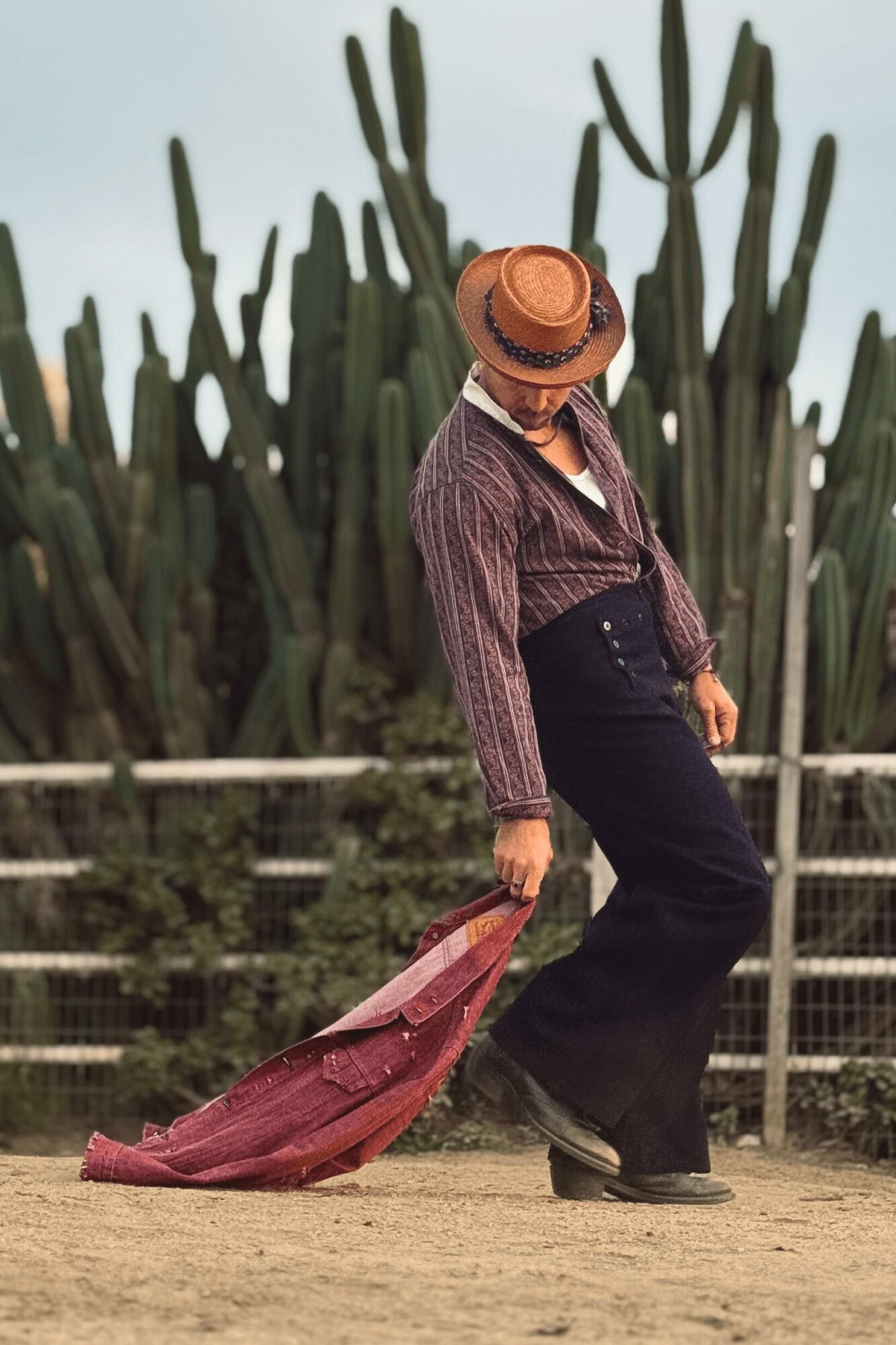
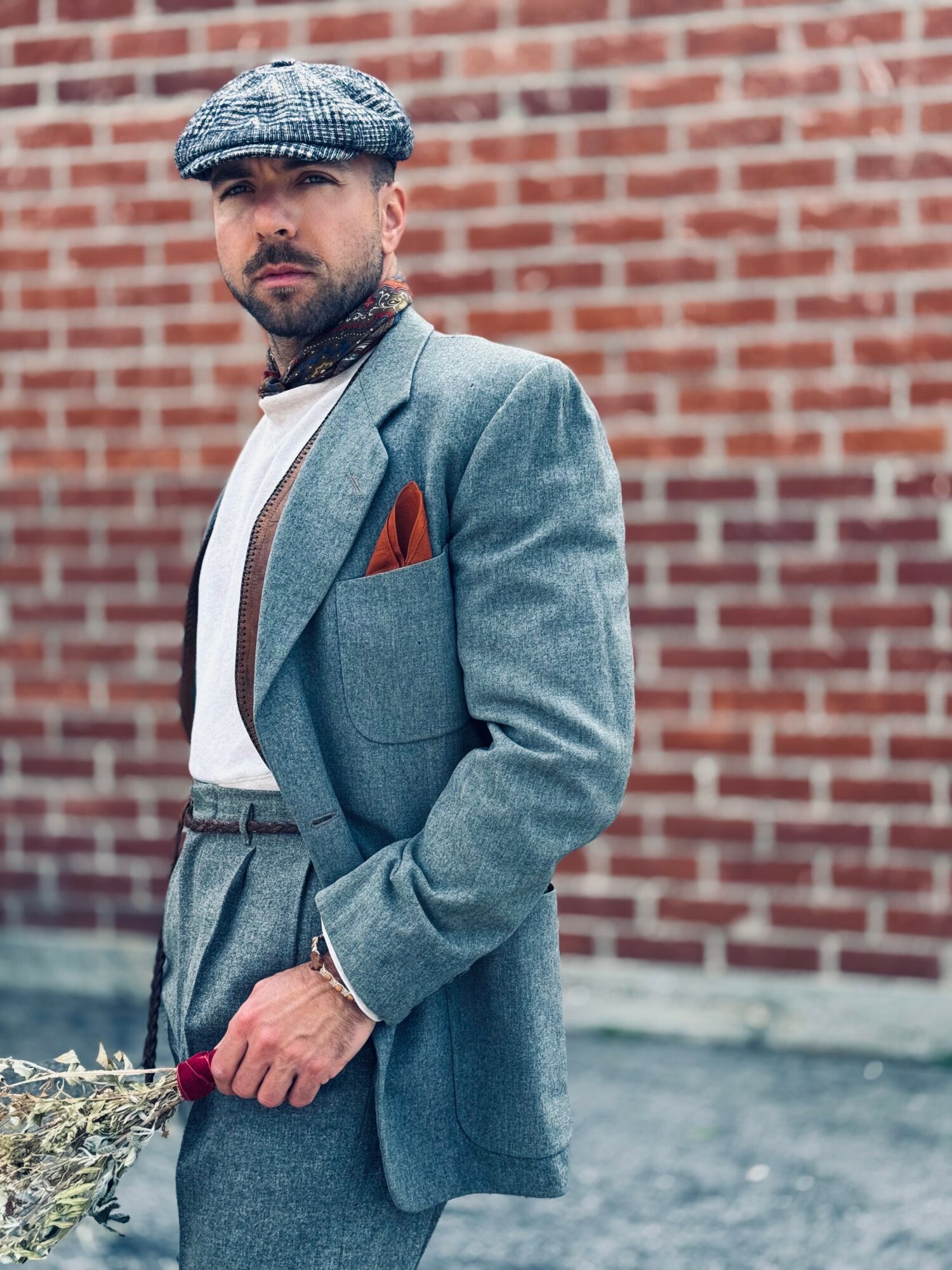
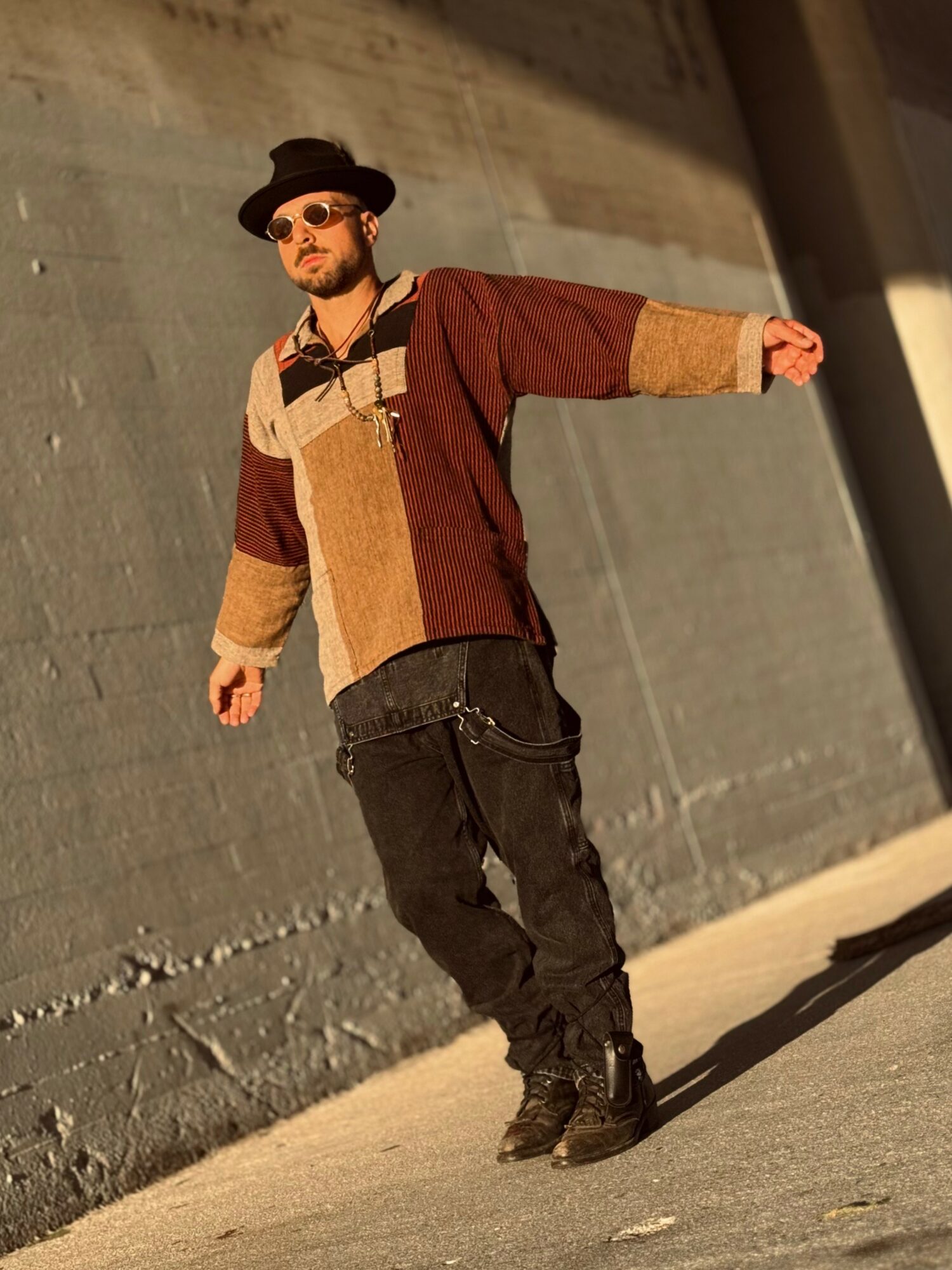
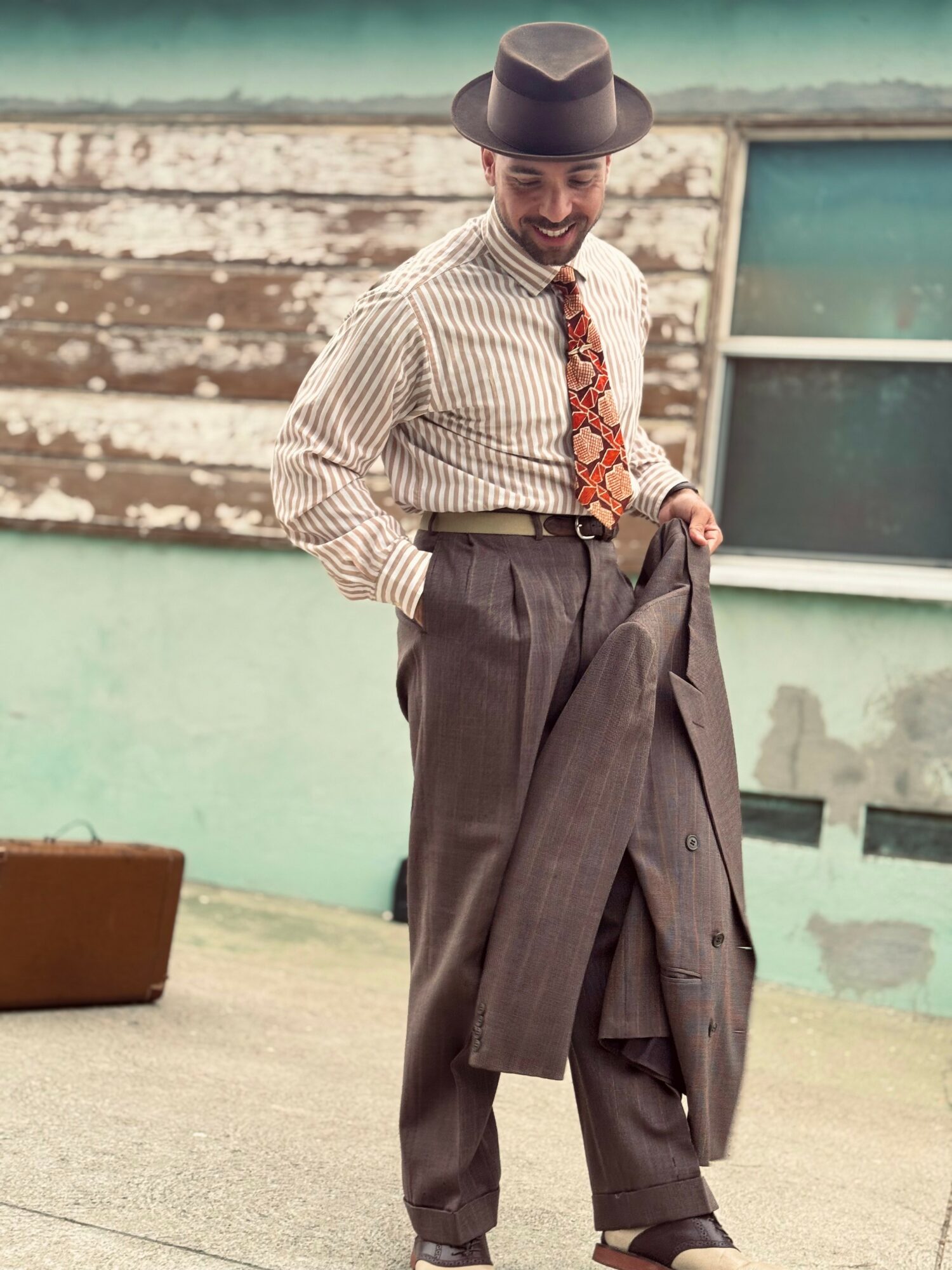
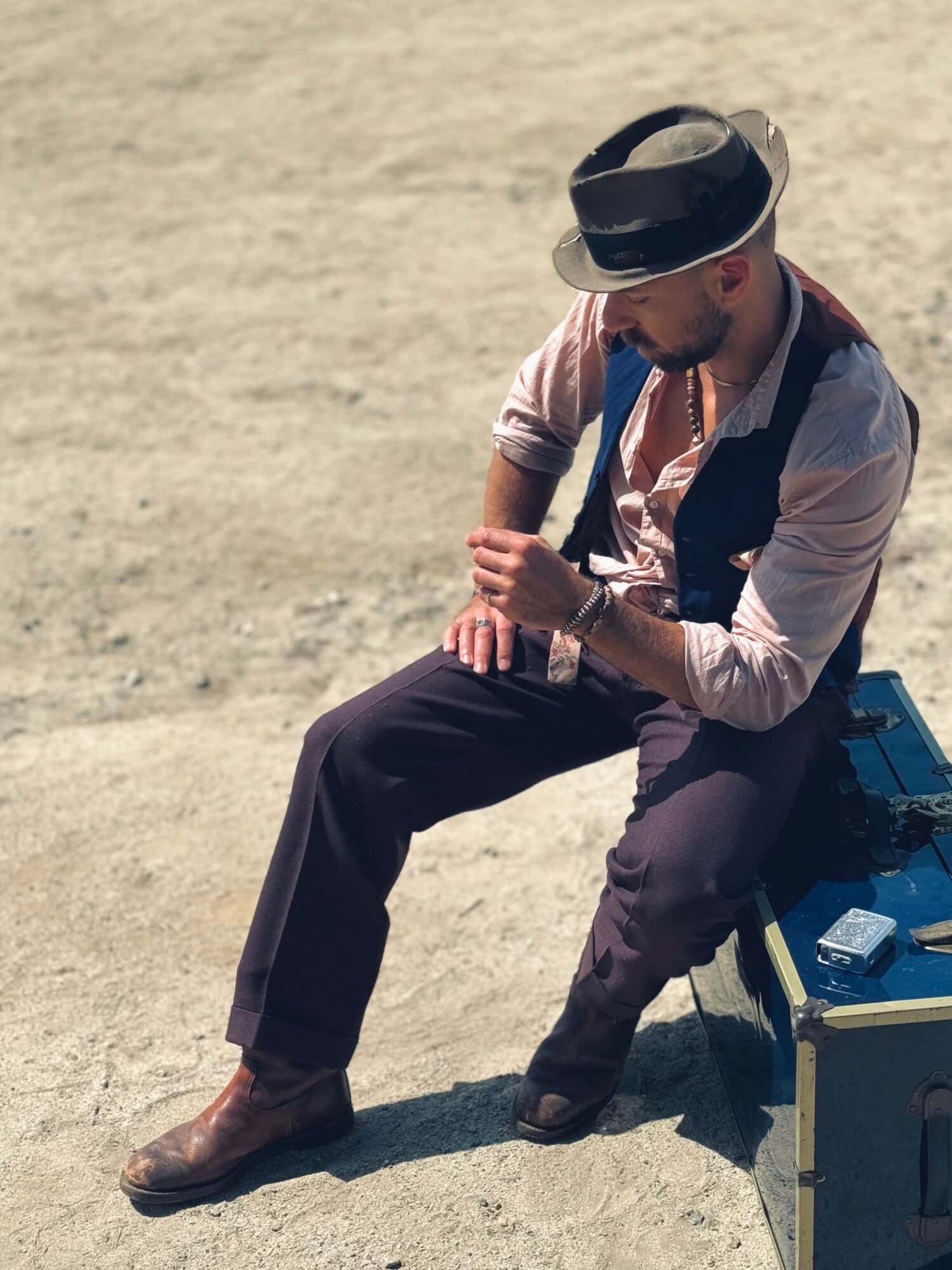
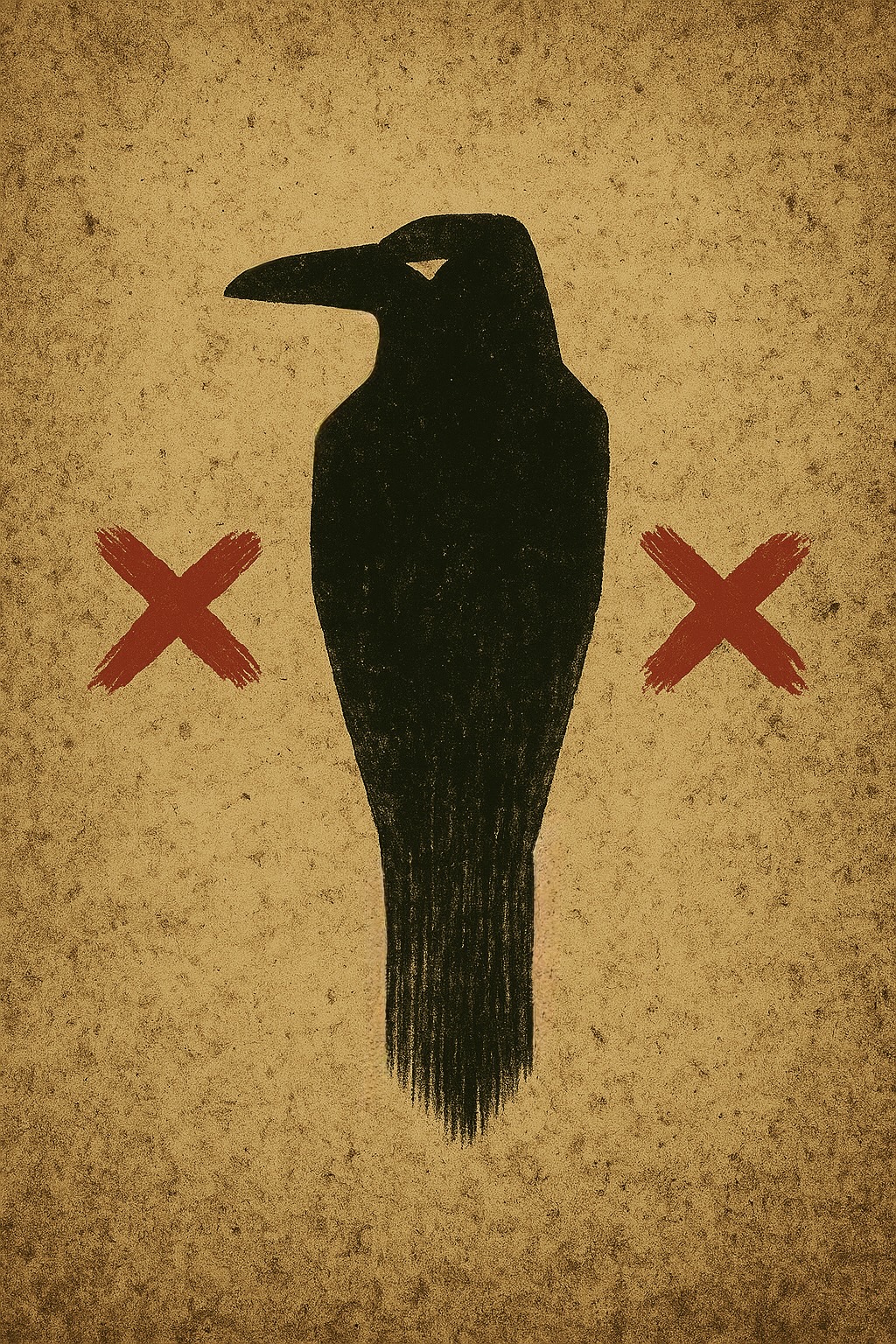
Image Credits
The image belong to me














